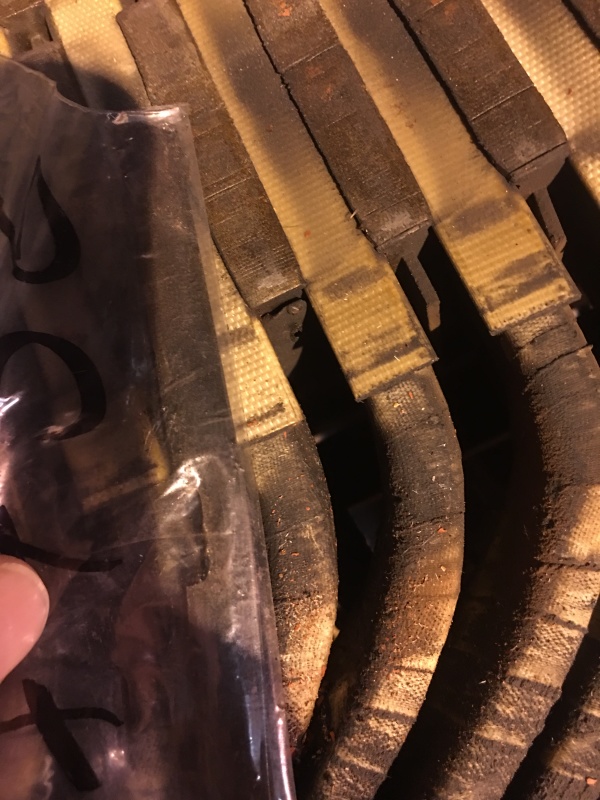Is it okay if I'm a bit “nit picky” regarding the photo? (I know beggars can’t be choosy ; )
The picture fails to show the area of failure. Smoke charred coils are a result of a failure, but the photo
does not show where the so called “finger’ penetrated or caused the winding damage.
That's what the audience here needs to see.
I’m somewhat skeptical of a stator tooth support coming loose. I’ve seen lost screws in stators playing havoc,
and pieces from the rotating member coming apart causing a big mess, but stator teeth and their associated
components are very robust stationary items. They are hard enough to separate/fix during “hot spot” repairs.
Additionally, a stator that has been previously repaired more than once over its entire service life can be minus
all kinds of minute details that play little to no roll in their effective operation.
How does one know the so called loose part was even there to begin with?
It’s of course highly suspect that something occurred during the repair process that may have contributed
to the short lived winding repair. “But”, so far I don’t see the evidence to authenticate the theory.
Do you actually have the broken or separated tooth component in hand? What does that look like?
John

